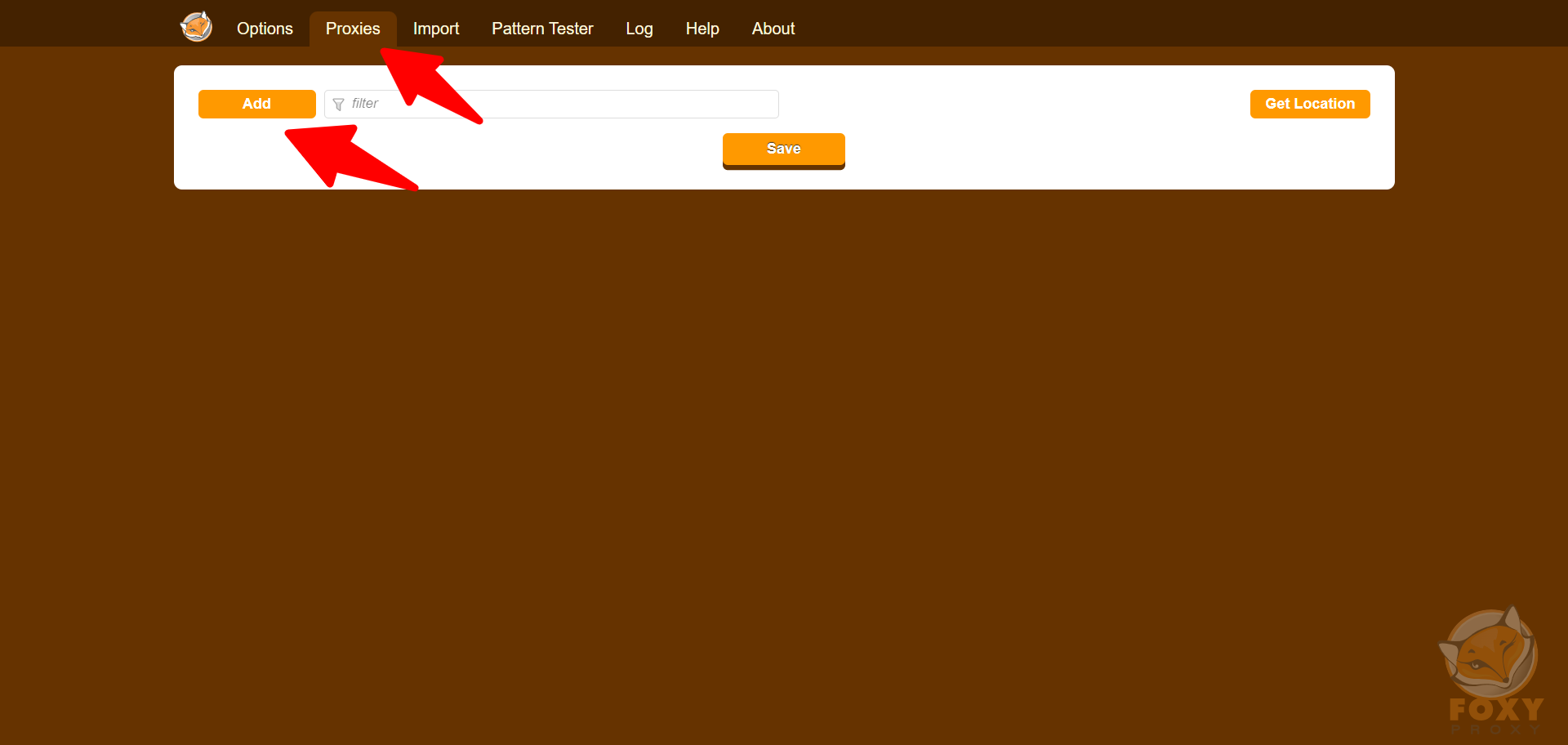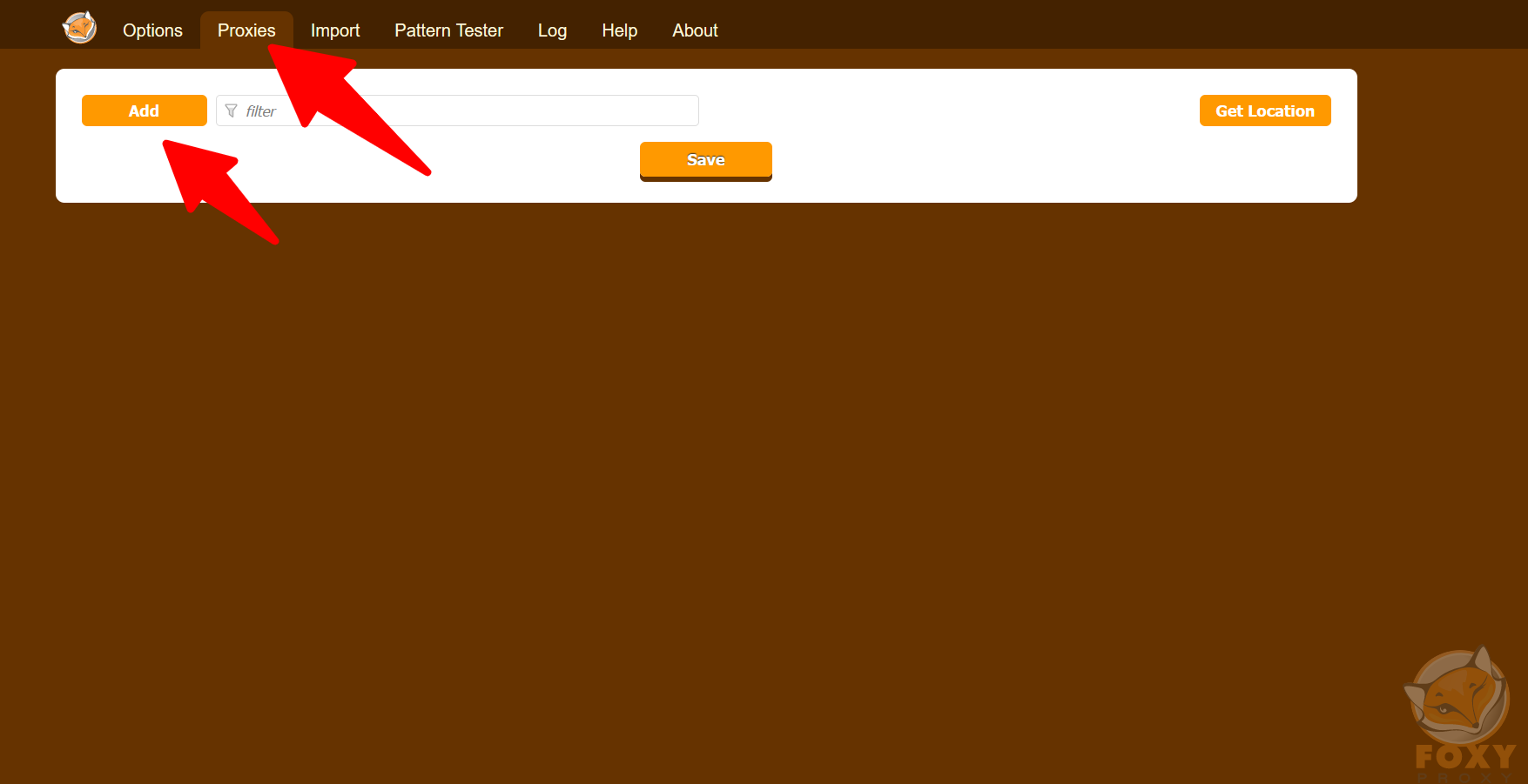Configuration options for Firefox and Chrome users of the FoxyProxy proxy:
Firstly, ensure that the FoxyProxy extension is downloaded and installed:
The instructions for Chrome web browser are as follows:
1) From the menu, select Options.
 2) Locate the Proxies tab on the sidebar to the right of the screen. The Add new proxy option is located in the proxies menu.
2) Locate the Proxies tab on the sidebar to the right of the screen. The Add new proxy option is located in the proxies menu.

3) The third option is to choose Manual Proxy Configuration.
4) Click the save button once you’ve typed in the port and host of our gateway (gate.brightdata.com:7000, for example) and your IP address.
5) Once you’ve reached the Proxy mode area, choose Bright Data proxy from the drop-down option.

Examine the IP address. IP Address: [https://www.iplocation.net]
The instructions for Firefox are as follows:
1) From the menu, select Options.

2) Select “Add.”

3) Select the proxy type, either HTTP or SSL (HTTPS), enter the IP address, port, login, and password, and then click Save.
4) After you have browsed to the Proxy mode, pick the Smartproxy proxy from the option that drops down.
Verify the IP location by visiting https://www.iplocation.net.
Conclusion: Which is the Best Proxy for FoxyProxy?
Are you serious about not disclosing your IP address? The moment has come to discontinue using free proxies. That is, unless you want your data to be stolen, naturally. Every time you make a connection request, once you start utilizing our extremely anonymous proxy network, you will get a new anonymous IP address. With the help of our state-of-the-art rotation technology, we can effectively hide your location and never divulge your real IP address.
Users are able to access websites and material regardless of their location or country, thanks to proxy servers, which may be found anywhere.
There are no restrictions on network connections when utilizing residential proxies or datacenter proxies on FoxyProxy when you use a proxy provider like Bright Data or Smartproxy.
Further, Read:


 2) Locate the Proxies tab on the sidebar to the right of the screen. The Add new proxy option is located in the proxies menu.
2) Locate the Proxies tab on the sidebar to the right of the screen. The Add new proxy option is located in the proxies menu.



Leave a Comment